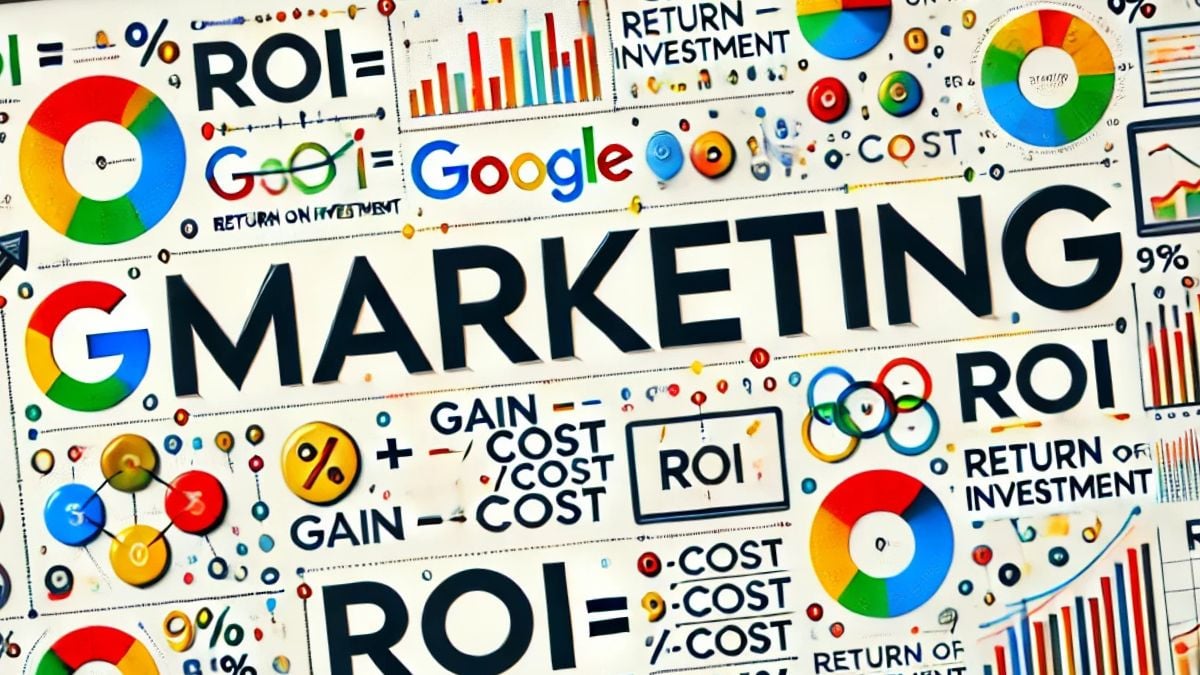
How to measure and prove the value of marketing? Faced with the pressure of immediate profitability, the question has no easy answer. According to the new Google report titled “The Effectiveness Equation”, only 40% of marketing leaders believe their organization has clear effectiveness goals, and just 20% agree on how to measure it.
This lack of alignment has a direct impact on business: if the Chief Marketing Officer (CMO) cannot prove their contribution to profits, the marketing budget is the first to be cut during any economic slowdown.
ALSO READ. Consumer confidence plummets in the US: the key data
What is the real impact of marketing beyond ROI?
Google debunks the myth of Return on Investment (ROI) as the sole metric of success. Its analysis of hundreds of studies across Europe shows that the impact of marketing from months five to 24 is equal to that of the first four months. However, brands tend to ignore these residual effects, underestimating long-term profitability.
The report proposes using both Total ROI and Marginal ROI for better decision-making. The former measures total generated value, while the latter indicates whether it’s worth investing more money. Both metrics reveal an “S”-shaped pattern, where returns grow, accelerate, and eventually plateau.
READ ALSO. Top 10 Marketing Skills for 2025 (According to Global CMOs)
What role does marketing play in pricing?
Beyond driving sales, marketing can double pricing power. According to Kantar data, consumers pay up to 2 times more for brands with strong pricing power. This phenomenon is due to the value perception created by consistent and differentiated ad campaigns.
A striking example: a skincare brand raised its prices by 14%. Thanks to strong prior brand-building investment, sales only dropped by 7%, when a -10% drop was expected. Result: a 7% increase in net revenue.
READ ALSO. How much do companies invest in marketing? Key facts
How does first-party data influence competitive advantage?
In the post-cookie era, first-party data is the new gold of marketing. Google demonstrates this through a series of consumer experiments in the UK. When brands used user-provided data to personalize messages, the fictional brands in the study gained between 10 and 26 percentage points in preference, stealing them from category leaders.
“Brands that collect this relevant customer data but don’t use it are not just missing an opportunity; they are breaking an implicit promise.”
This positions consent-based personalization as a strategic advantage for emerging brands. It’s not just about collecting information but activating it swiftly.
ALSO READ. 10 Google tips that are worth their weight in gold for your marketing strategy
How much does it cost to stop investing in marketing?
The report warns that cutting ad budgets during tough times is a false economy. Regaining lost market share requires reinvesting $1.85 for every $1 not spent originally.
In a comparison of footwear brands, the one that cut investment by 40% saw its direct competitor increase brand awareness by 15% and purchase intent by 11% in just six months. Brands that cut leave a gap that rivals fill mercilessly.
Additionally, Nielsen estimates that for every quarter without ad investment, a brand can lose up to 2% of future revenue and require three to five years to recover.
READ ALSO. What is the Mar-a-Lago accord, Donald Trump’s strategy for the global economy?
CFOs vs. CMOs, a battle where everyone loses
The research reveals that although both roles agree marketing is key to growth, real collaboration between marketing and finance remains low. While CFOs believe communication is effective, only 43% of CMOs agree.
Moreover, metrics are not always aligned. As Jane Wakely, Global CMO at PepsiCo, explains:
“CFOs don’t debate how to measure cash performance… Something that would dramatically improve marketers’ credibility globally is agreeing on the most important performance metrics.”
Without a common metric, investment decisions will continue to rely on perception instead of evidence.
ALSO READ. Happy Cinco de Mayo: Images and Quotes to Celebrate
How to measure campaigns?
The “Effectiveness Equation” report proposes three key concepts for a modern measurement model:
- Total and marginal return, to optimize budget allocation.
- Incrementality, to distinguish marketing’s impact from other factors.
- Reach and frequency, to understand how exposure drives sales.
Google suggests combining marketing mix models (MMM) with experimentation and attribution. These tools help identify both immediate and cumulative campaign effects across channels.
What can be done to transform the measurement culture?
The document ends with three concrete recommendations:
- Invest in measurement capabilities, including tools like Google Meridian to model response curves.
- Embrace uncertainty, adopting a test-and-learn mindset.
- Build bridges with finance, sharing common KPIs and joint plans.
Measurement can no longer be reactive, nor rely solely on conversions. Brands must shift from budget defense to proactive expansion.
“The ability to demonstrate and defend marketing’s total contribution to business value has never been more important.”
The Effectiveness Equation not only provides answers—it changes the questions. What is marketing truly worth? How does it translate into pricing, profitability, and resilience in crises? In an environment where data is abundant but decisions remain biased, this report invites us to reimagine marketing’s role as a growth engine—measurable, defensible, and, above all, strategic.
👉 Follow us on Google News










